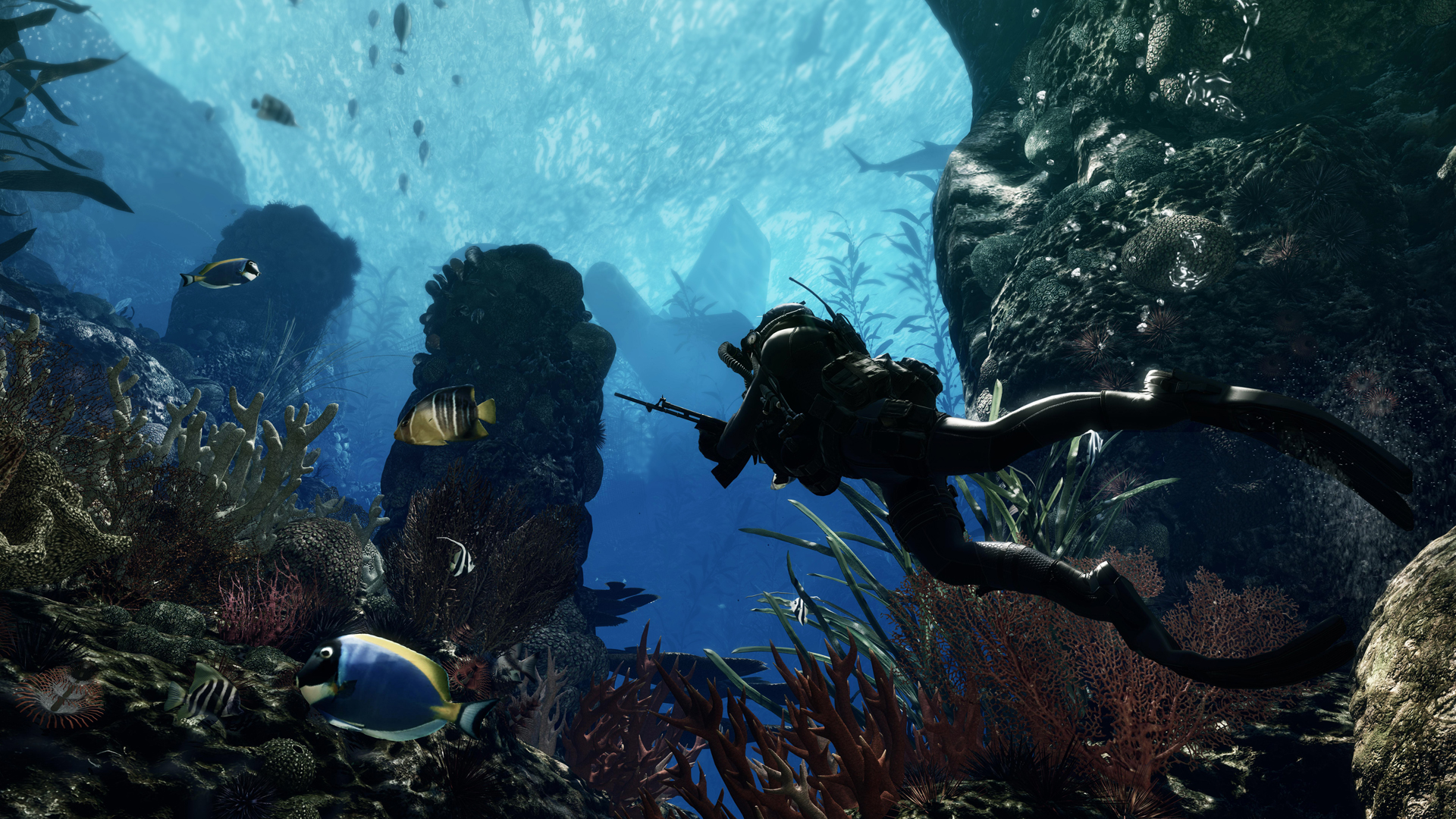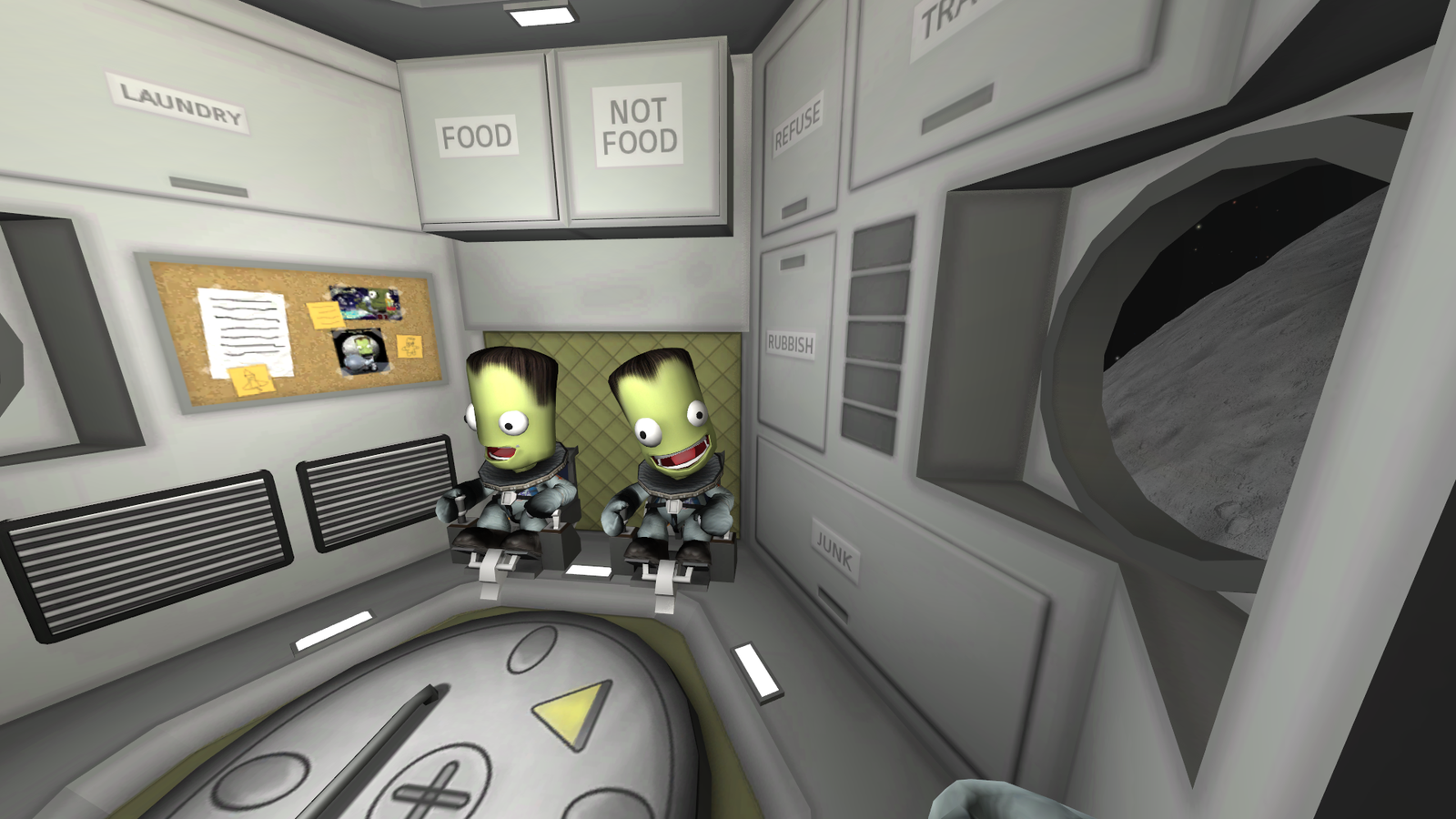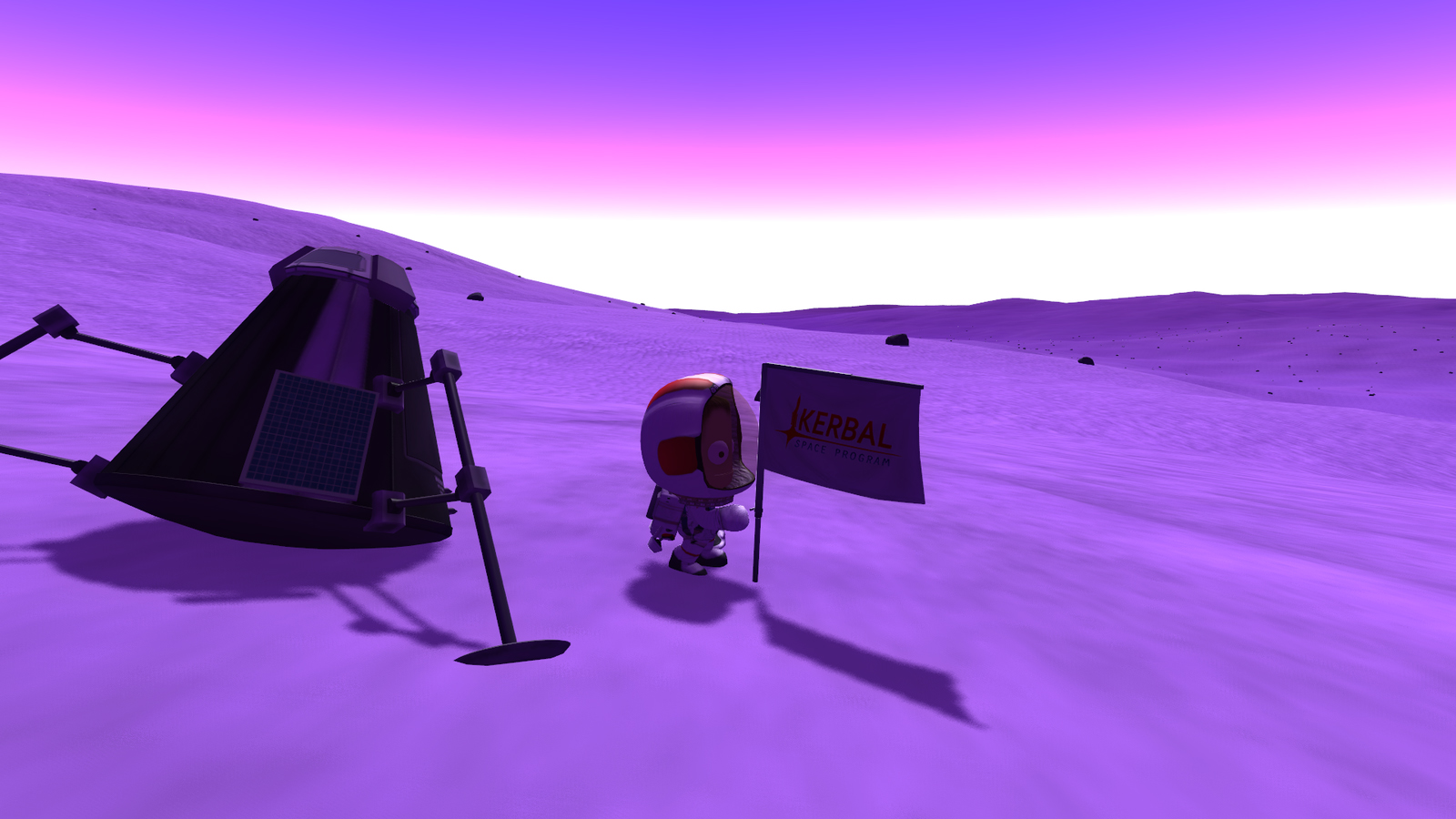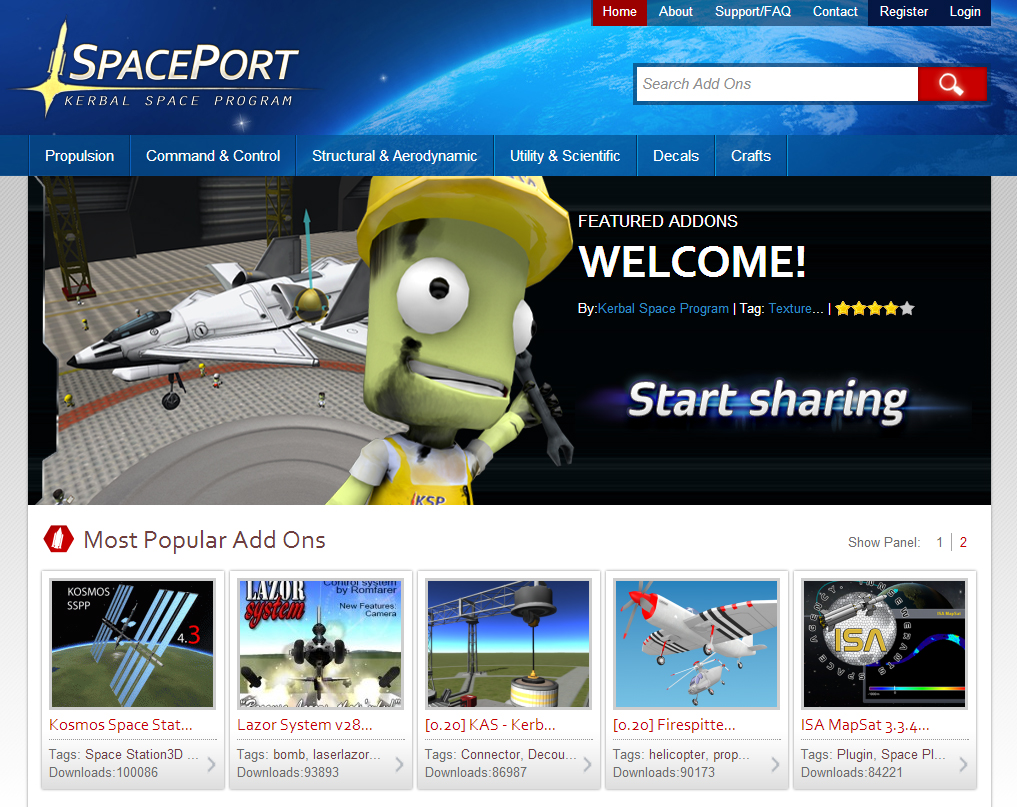Editor’s note: Veteran entertainment journalist John Gaudiosi is now a regular contributor to [a]list daily.
Activision’s Call of Duty franchise has topped $8 billion in global sales and remains one of the most successful game franchises of all time. With Infinity Ward revealing some of the multiplayer capabilities for Call of Duty Ghosts today in Los Angeles, we caught up with Activision Publishing CEO Eric Hirshberg to discuss the challenges of raising the bar in the crowded shooter genre and explain what next gen will bring to Call of Duty in this exclusive interview.
What are the challenges of introducing a new Call of Duty franchise every year?
The challenge is the same to Call of Duty as it is for a lot of franchises that have been successful over a long period of time, which is simply striking the right balance between bringing new ideas and innovation to the game each and every year so that it has enough novelty and enough new thinking in it to continue to bring people back. But at the same time you have to stay true to and honor the game that everyone has fallen in love with. Therein lies the creative balancing act that our developers have done a terrific job with. We’ve shown a willingness to allow Call of Duty to reinvent itself to an extent every year and to play with some of the rules in adventurous ways. Taking it into the future and introducing branching storylines in the campaign as we did last time with Black Ops 2 and introducing dynamic maps as we’re doing this year with Ghosts. These are all things have a pretty fundamental impact on the gameplay and yet don’t disrupt the appeal of the gameplay that people have come to know and love.
What do you feel will differentiate Ghosts from past Call of Duty experiences?
Ghosts is a new sub brand and a new set of characters and a new world for Call of Duty. Infinity Ward is bringing a lot of new ideas to multiplayer like dynamic maps, character customization and four or five new game modes that are incredibly fun. These are all things that are going to make the game very fresh and a very cool new entry into the franchise. But at the same time these guys know how to make a Call of Duty game better than anybody and all that that represents.
What have you learned from online fans that you’re applying to the multiplayer for Ghosts?
We have a great feedback loop with our fans. We have a great dialogue with our fans. We have a very engaged and vocal audience and that provides a lot of inspiration and stimulus for our developers. They’re very engaged with the fans and what they want. They have a lot of community outreach and there’s a big feedback loop when you have a community that size and that passionate.
Can you talk about what’s new with multiplayer?
The new engine and the new graphics translate beautifully into multiplayer. The character customization is really fun, being able to sort of express yourself and have an identity that’s yours in Call of Duty multiplayer is really cool. There’s a lot of depth and options to that and the dynamic map moments are really fun. They’re very well designed to provide meaningful tweaks to the gameplay. The maps in Call of Duty have always been incredibly well designed as stages for battle, but they’ve been inert. They don’t move, they don’t change, and learning the maps has been a matter of learning where the hiding places are and where the good vantage points are. This has a whole different spin on that phrase of learning the maps because now you have to figure out what the maps can do, what you can do to them, and what they can do to you. You can change things within the map to block a pathway or to bring down a bridge or change the flow of the map. Sometimes things happen to you like an earthquake or a downed power line or a flood that changes the world around you. It’s really a cool new twist on the game.
What do you feel next gen has opened up for the Call of Duty franchise with Ghosts?
Probably most demonstrable is the new engine we created with the next gen engine. That has an immediate impact on the atmosphere in the game. Ghosts is going to be the best looking Call of Duty game ever and that’s not just in the environments, it’s also in your ability to connect with the characters. As you’ve seen in tech demos there’s a whole different level of human connection with the characters than we’ve ever had before.
What do you feel will define next generation gaming?
If you look at the innovations that are being promoted by the first parties for making the hardware, there’s a bigger focus on connectivity with the share button on the PS4 and the ability to Skype with your friends while gaming on Xbox One. There are a lot of ideas that seem to be taking connected gaming and making it more social. That’s one area that I would be looking at carefully to see if that inspires any really compelling new gameplay experiences.
What opportunities do you see in mobile games, especially with second screen when it comes to Activision franchises?
Our approach has been to use mobile as a great way to expand the appeal of our core franchises and expand your ability to interact with our core franchises. You’re going to see a really robust and innovative second screen application for Call of Duty Ghosts. Obviously, we’ve had a couple of very highly rated and good selling games under the Skylanders brand. We’ve also had a couple of great selling games for Call of Duty with Zombies. We’ve built a lot of great capabilities in mobile, but the thing I’m most excited about is the ubiquity of second screen. Whether it’s the smartphone in your pocket or a tablet, the ability to connect with the next gen hardware will be in a much more seamless way. We can really have our games comes to life on a second screen in a much more robust way. We were a little ahead of this with Call of Duty Elite. We were the first ones to allow you to create the load-out of your character on your tablet or your smartphone and then push it into the console. On the current generation we had to do a lot of technological gymnastics in order to make that happen. The consoles just weren’t designed with those devices in mind because those devices didn’t exist when these consoles were designed. Now with next gen, there’s a much more robust connectivity with other devices. You’ll see a lot of creativity and a lot of energy coming from developers with the next gen in this area.





